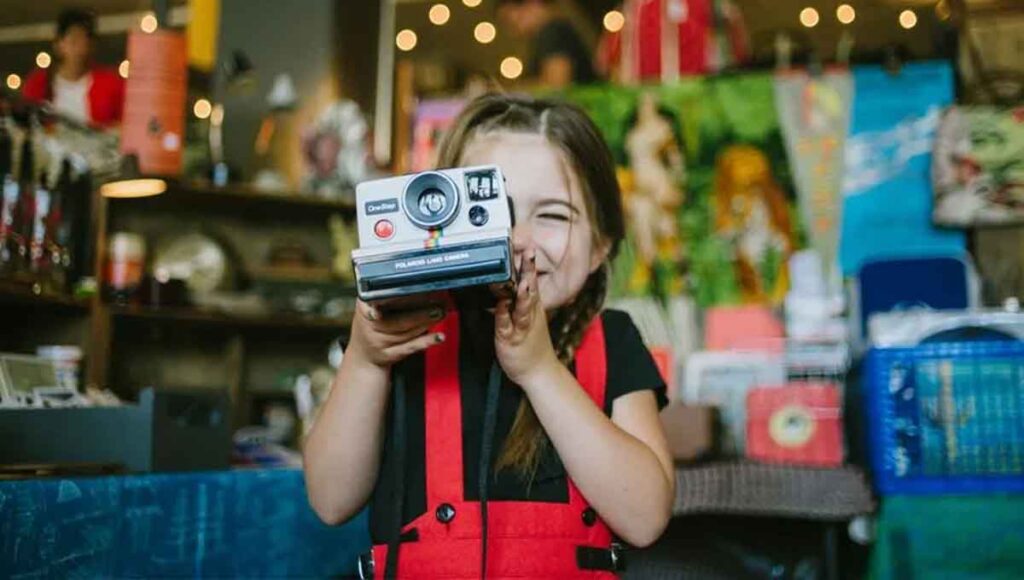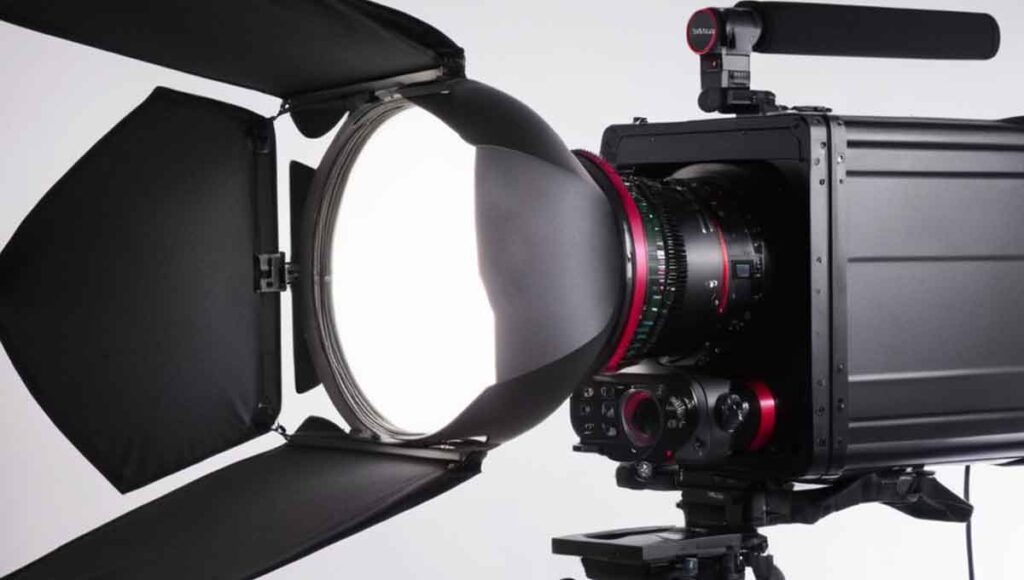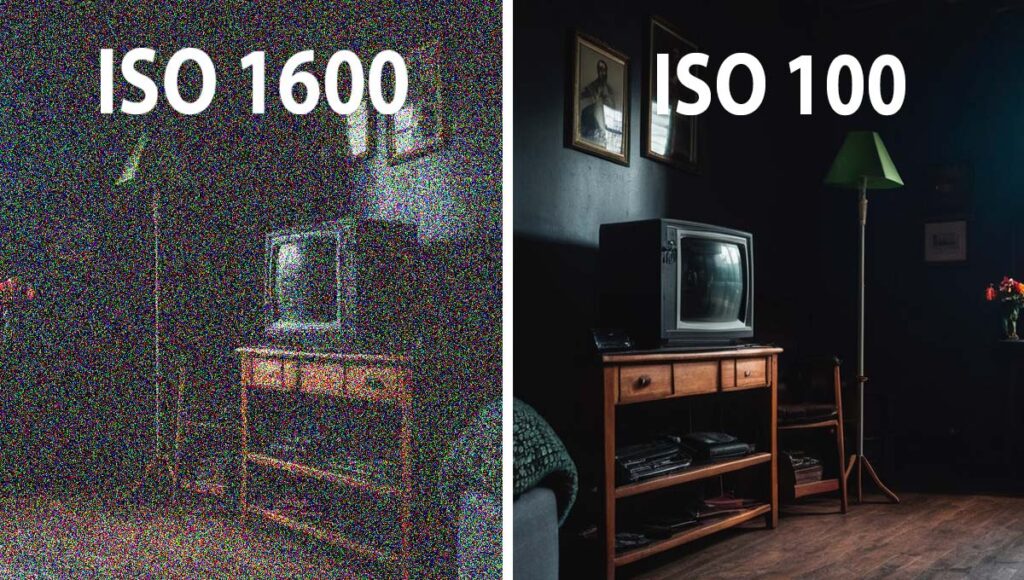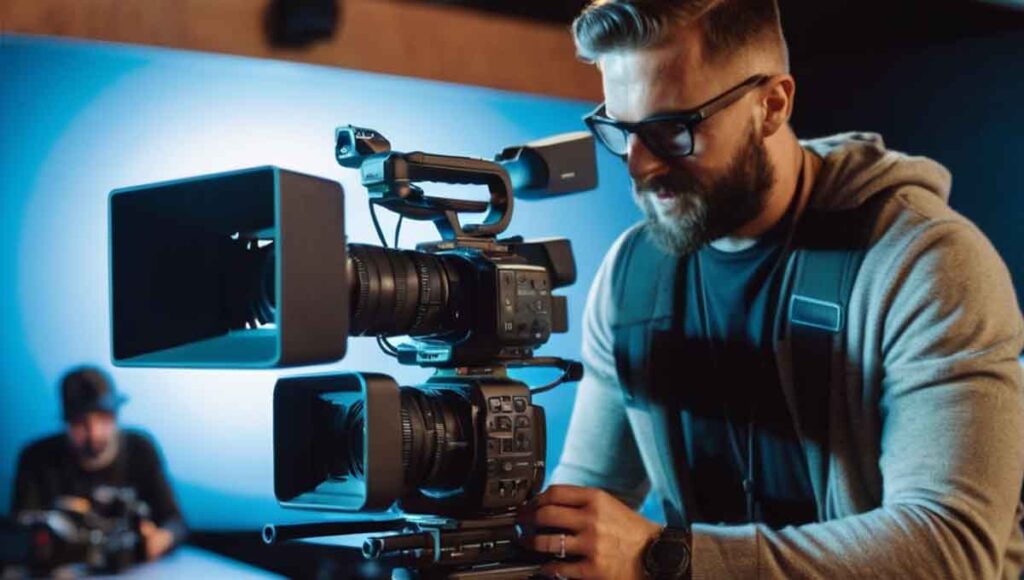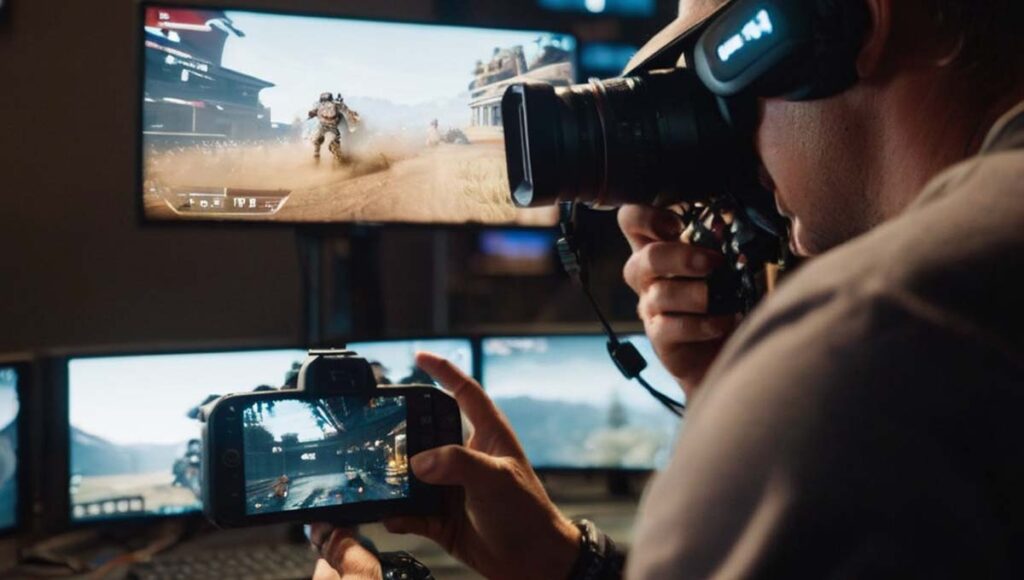Smartphones have become incredibly powerful cameras in recent years, capable of producing images that rival those of dedicated cameras. With a little knowledge and practice, you can take professional-looking photos with your smartphone that will impress your friends, family, and followers.
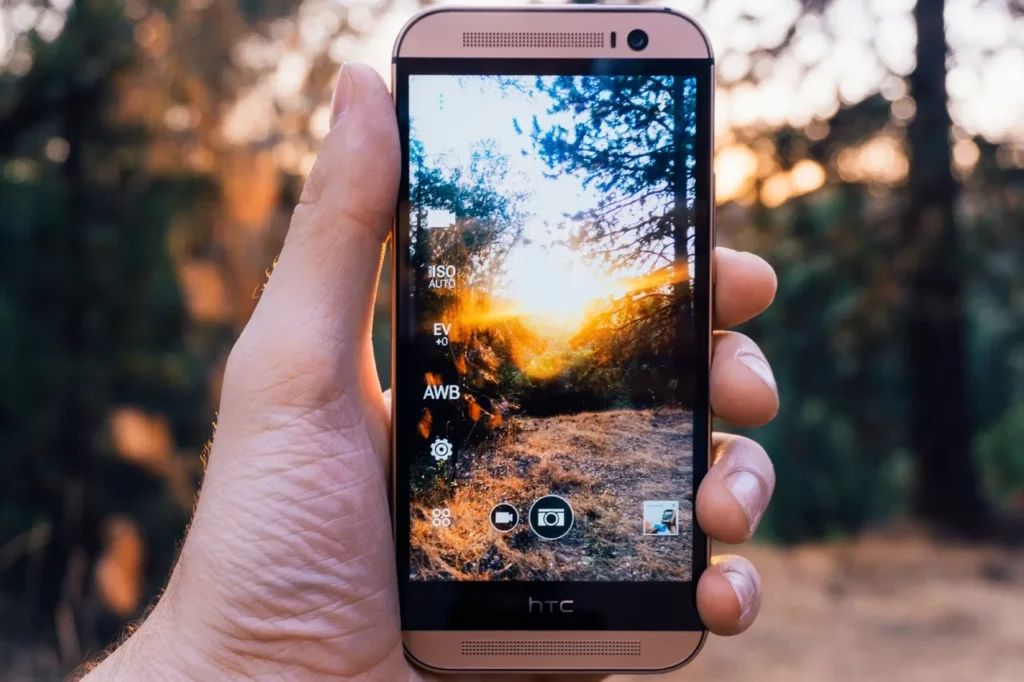
Here is the ultimate guide to taking professional-looking photos with a smartphone:
Getting started
- Get to know your camera. Every smartphone camera is different, so it’s important to get to know the features and capabilities of your own device. Take some time to explore the camera app and experiment with different settings.
- Use natural light whenever possible. Natural light is the best light for photography, so try to take your photos outdoors or near a window. If you’re shooting indoors, try to find a spot with plenty of natural light.
Composition
- Compose your shots carefully. Before you take a photo, take a moment to think about what you want to include in the frame. Use the rule of thirds to create more balanced and interesting compositions.
- Focus on your subject. Tap the screen to focus on the specific subject of your photo. This will help to ensure that your subject is sharp and in focus.
Settings
- Avoid using digital zoom. Digital zoom reduces the quality of your images, so it’s best to avoid using it if possible. If you need to zoom in on your subject, try to get closer to them instead.
- Use HDR mode for high-contrast scenes. HDR mode helps to balance the light and dark areas of a photo, resulting in a more detailed and realistic image. HDR mode is especially useful for shooting scenes with a lot of contrast, such as a sunset or a landscape with both bright and shady areas.
- Experiment with different settings. Don’t be afraid to experiment with different camera settings, such as white balance, ISO, and exposure. You can also try using different shooting modes, such as portrait mode or landscape mode.
Taking your photos to the next level
- Shoot in RAW format. RAW format gives you the most flexibility when editing your photos. It captures all of the data from the sensor, which gives you more control over the white balance, exposure, and other settings.
- Use manual mode. Manual mode gives you complete control over the camera settings, such as shutter speed, aperture, and ISO. This can be intimidating at first, but it’s the best way to learn how to take professional-looking photos.
- Understand the exposure triangle. The exposure triangle is the relationship between shutter speed, aperture, and ISO. By understanding how these settings work together, you can take control of your exposure and create the desired effect.
- Use leading lines. Leading lines are lines in your composition that draw the viewer’s eye to your subject. They can be natural lines, such as a road or a river, or man-made lines, such as a fence or a building.
- Use negative space. Negative space is the empty space around your subject. By using negative space effectively, you can create a more minimalist and elegant composition.
Editing your photos
- Edit your photos. Once you’ve taken your photos, you can use a photo editing app to improve them even further. There are many different photo editing apps available, both free and paid.
Here are some basic photo editing tips:
- Crop your photos. Cropping can help you to remove unwanted elements from your photos and improve the composition.
- Adjust the brightness and contrast. This can help to improve the overall look and feel of your photos.
- Adjust the saturation and vibrancy. This can help to make your colors more vibrant.
- Sharpen your photos. This can help to make your subjects look sharper and more defined.
Conclusion
Taking professional-looking photos with your smartphone takes practice, but it’s definitely possible. By following the tips above, you can start taking better photos today.
Bonus tips:
- Use a tripod or monopod to keep your phone steady. This is especially important for low-light photography and long exposures.
- Use a remote shutter release to avoid camera shake. This is a small device that you can attach to your phone and use to trigger the shutter without having to touch your phone.
- Clean your phone’s lens regularly. A dirty lens can ruin a perfectly good photo.

